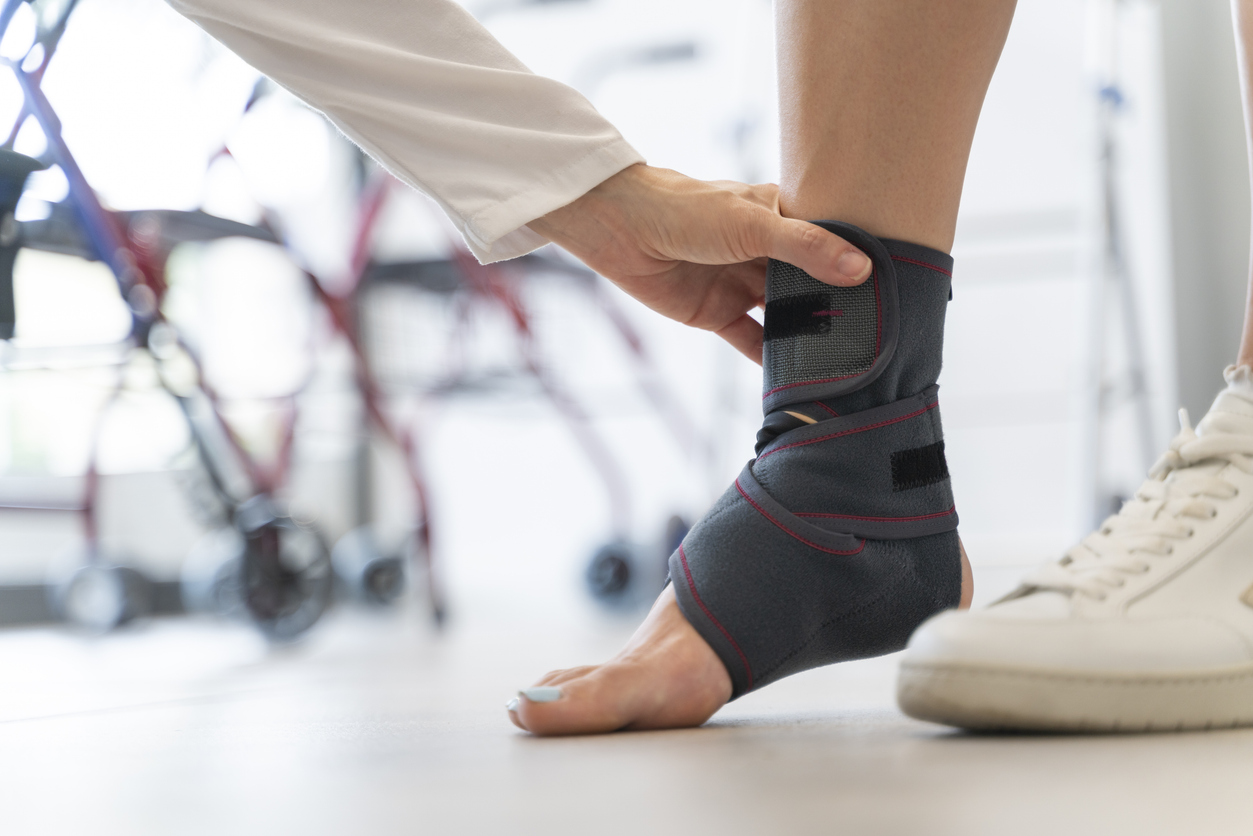Arthritis and injury can cause severe ankle pain. Luckily, there are treatments available to help. Specifically, ankle replacement surgery can relieve ankle pain, improve the function of your ankle, and facilitate movement. Ankle replacement surgery replaces the portions of your ankle that are damaged with artificial replacements. After the surgery, patients typically report reduced pain and increased mobility, but many go into the procedure unsure of what to expect for the recovery process. Below, you will find a complete guide to recovery from ankle replacement surgery.
A Complete Guide to Recovery from Ankle Replacement Surgery
Ankle replacement surgery is effective at restoring the full function of your ankle. Unfortunately, the recovery period can be lengthy. Prioritizing your recovery is necessary to ensure the results of your surgery. The investment of your time is worth it due to the benefits that come from the surgery. There are different phases in the recovery process, so it is critical to work with a foot surgeon in Santa Barbara to ensure you are on track.
Recovery Week 1
The first week requires a complete commitment to your recovery. Depending on how the surgery goes, you will likely stay in the hospital for a couple of days. You will likely experience pain and swelling. You can manage this with pain medication and by avoiding putting any weight on your ankle. Patients often use a walker, crutches, or wheelchair during this time. You can lessen swelling by elevating your leg as much as possible. Once you are discharged, it is important to stay off of your ankle and follow your surgeon’s instructions.
Recovery Weeks 2 Through 6
Weeks 2 through 6 are where the work really begins. It is necessary to focus on recovery and making progress with your new ankle. The first couple of weeks of this phase include the removal of staples and stitches. You will likely be in a splint in the beginning, as this will stabilize your ankle. However, you will transition into a cast to support your ankle as it heals. Physical therapy also begins during this phase. A physical therapist will guide you through exercises and gentle movements that will get you back on your feet. Closer to the six-week mark, you may be able to put partial weight on your ankle. This should be done under the supervision of your physical therapist and surgeon.
Recovery Weeks 6 and Beyond
This phase is focused on ankle mobility and rebuilding your strength. The beginning involves partial weight bearing on your ankle. You must progress slowly to ensure your ankle heals properly. In addition to weight-bearing exercises, your physical therapist will help you work on your range of motion. These exercises are necessary to restore the full function of your ankle. By week 10, you should be getting back to the basic activities of your daily routine. However, you can usually get back to exercise and high-intensity activities after 13 to 17 weeks. This time will vary depending on the patient, so it is important to work closely with your surgeon during the recovery process.
Evidence-Based Strategies to Promote Healing
Healing after your ankle replacement surgery requires more than rest and physical therapy. In fact, focusing on your overall health is key, so you will need to avoid harmful lifestyle habits. For example, smoking and consuming alcohol can impact healing and blood flow, which negatively impacts the healing process. Make sure you get enough rest, ideally 7 to 9 hours, each night. Additionally, do not hesitate to take breaks during the day when you need to. It will be a worthwhile investment in your long-term health. Taking an approach that focuses on your overall health can reap major rewards when it comes to healing post-surgery.
Foot Surgeon in Santa Barbara
If you suffer from persistent ankle pain, contact the team at Foot & Ankle Concepts today to schedule an appointment!


